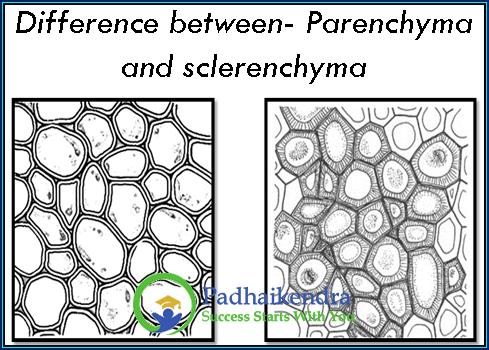Parenchyma and sclerenchyma are two types of simple plant tissues that differ in their structure and function.
Parenchyma is a simple plant tissue composed of living cells with thin cell walls. These cells are usually isodiametric or irregular in shape and are loosely packed with large intercellular spaces. Parenchyma cells can perform a variety of functions, such as photosynthesis, storage of food, and secretion.
Sclerenchyma, on the other hand, is a simple plant tissue composed of dead cells with thick, lignified cell walls. These cells are usually elongated and have tapering ends, and their walls are highly thickened and lignified. Sclerenchyma cells provide support and protection to the plant body, and they are classified into two types: fibers and sclereids.
The main difference between parenchyma and sclerenchyma is that parenchyma is composed of living cells with thin cell walls, while sclerenchyma is composed of dead cells with thick, lignified cell walls. Parenchyma cells are involved in various metabolic activities, while sclerenchyma cells provide mechanical support and protection to the plant body.





